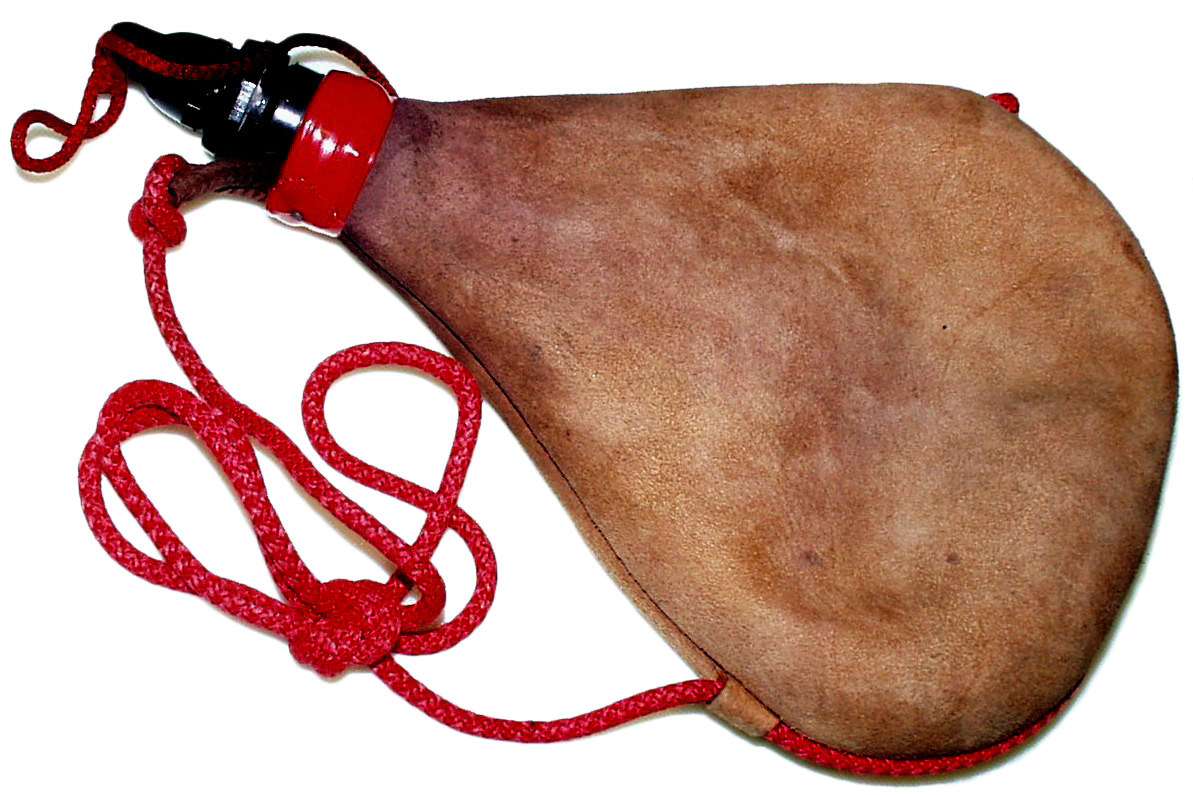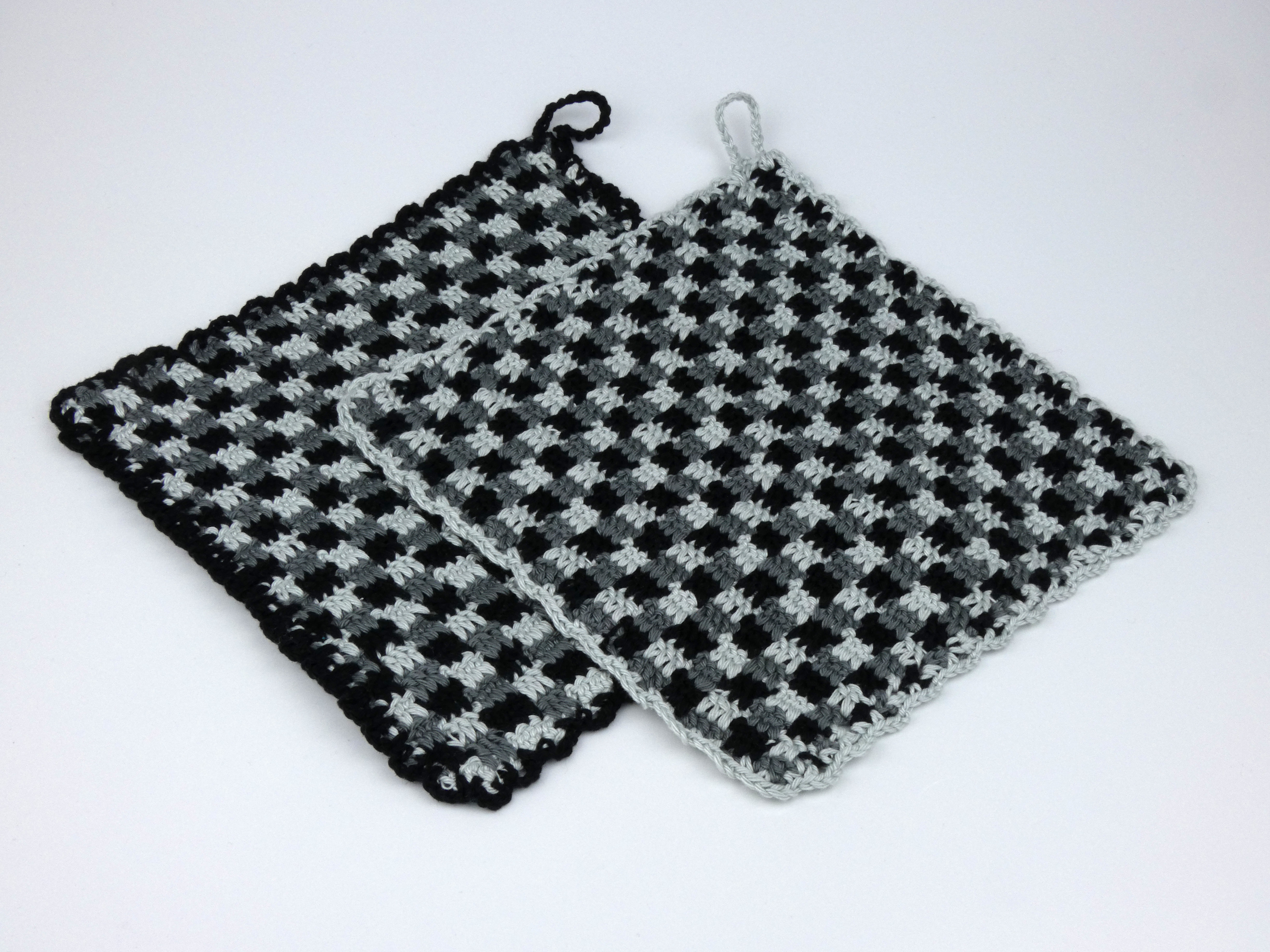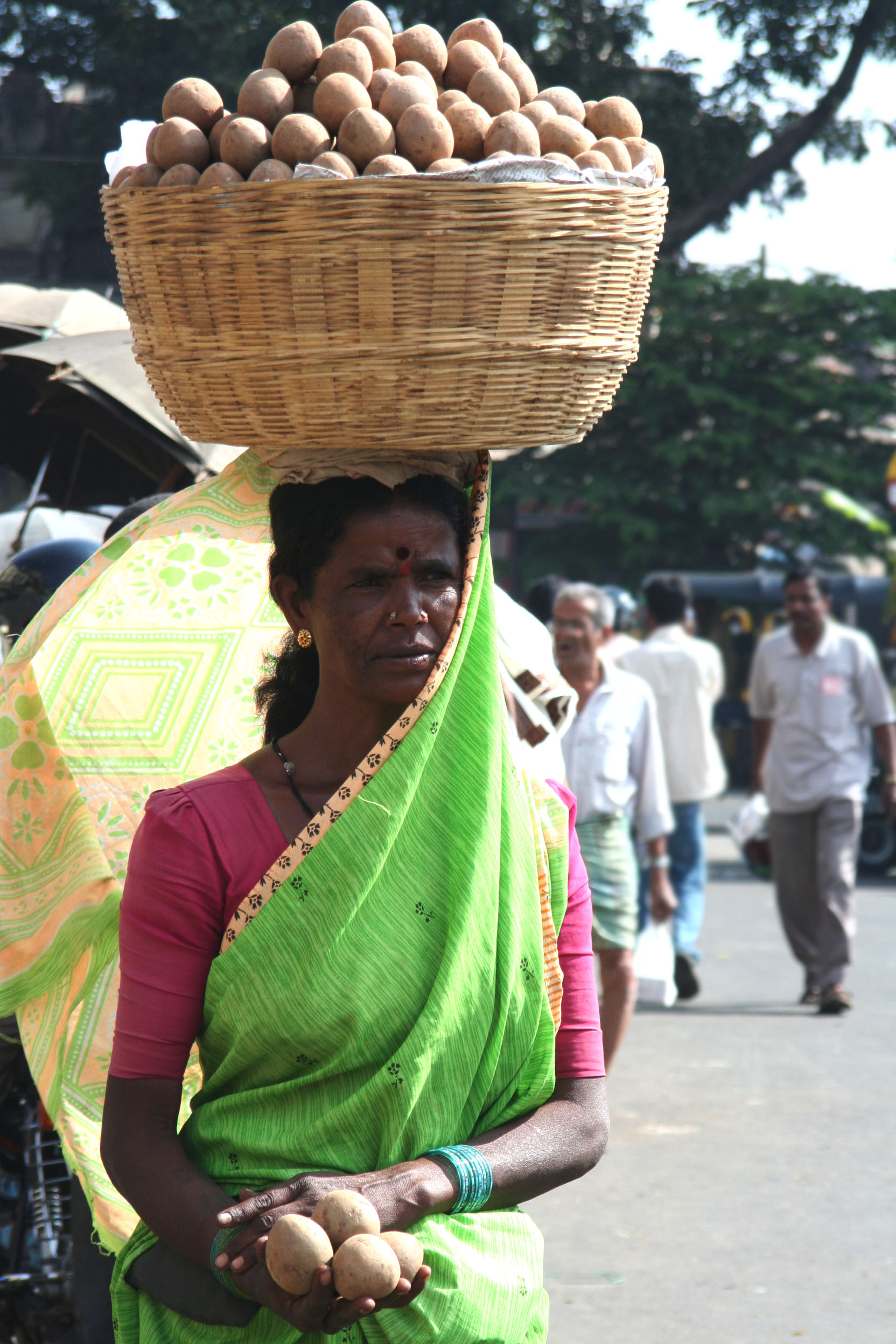|
Mashk
A mashk (Hindi: मश्क) - (Urdu: مَشک) is a traditional water-carrying bag, usually made of waterproofed goat-skin, from North India, Pakistan and Nepal. ''Mashqs'' can vary in size, from a hand-held bag, which was often used to carry liquids such as alcohol, to a large sized bag that comes with shoulder strap. They usually have only one narrowed opening. A person who is carrying a large ''mashk'' is called a ''māshqi'' (माश्क़ी, ماشکی). Traditionally, in the northern part of the South Asia, the larger ''mashq'' was associated with the '' Bhishti'' (भिश्ती, بهِشتی) subcaste who were employed as water-carriers by all other sections of society and often seen dispensing water (for a fee) in public places, gardens and construction sites. Since water came as a great relief to people and plants during the hot summer in the northern Indian plains, the term ''Bhishti'' derives from the Persian root word ''bahishti'', meaning ''heavenly''. S ... [...More Info...] [...Related Items...] OR: [Wikipedia] [Google] [Baidu] |
Bota Bag
A bota bag is a traditional Spanish liquid receptacle, used mainly as a wineskin. It is often made out of leather (when made of goatskin it is known as a goatskin itself), and is typically used to carry wine, although any liquid can be filled into it. Often referred to as a canteen. Construction Traditionally, bota bags were lined with goat bladders, in other cases tree sap or other resins were used to prevent liquids from seeping through. Modern bota bags have a plastic liner and nozzle. Variants The ''zahato'' is the traditional goatskin bottle of the Basque shepherds. With its narrow nozzle, it is possible to drink "zurrust", i.e. intercepting the jet without touching the bottle. The name of ''zahato'' or ''zahako'' (variants: ''xahako'' , ''zarako'') is a diminutive ''zahat-to/-ko'' of ''zahagi'' 'big goatskin bottle'. Its manufacturer is a ''zahatogile''. The zahato is made of two pieces of tanned and close-cropped goatskin. Softened, they are cut out on a last a ... [...More Info...] [...Related Items...] OR: [Wikipedia] [Google] [Baidu] |
Matki (earthen Pot)
Matki (or matka) is an Urdu and Hindi word used for an earthen pot. It is used all over the Indian subcontinent, as a home "water storage cooler". It has been in use since ancient times and can be found in houses of every class. Production They are made by the combination of two types of mud clay: the first is taken from the surface of the earth and the second after digging more than 10 feet deeper into the earth. Making a matka takes a considerable amount of time. It is a long process of at least 8 days. The clay is mixed with water, shaped, finished, polished, dried and baked in a kiln for 5 days. At last it becomes a completed eastern earthen pot, a home water cooler. In current times, in India, the earthen pots have undergone change, with taps being attached for people's convenience. Cooling process The cooling process works through evaporative cooling. Capillary action causes water to evaporate from the mini-pores in the pot, taking the heat from the water inside, thus ... [...More Info...] [...Related Items...] OR: [Wikipedia] [Google] [Baidu] |
Goatskin (material)
Goatskin refers to the skin of a goat, which by long term usage, is denoted by the term ''Morocco leather''. Kidskin, used for gloves, shoes and other accessories, is traditionally goatskin, although other leathers such as sheep and kangaroo can be used to make kid. Tanned leather from goatskin is considered extremely durable and is commonly used to make rugs (for example in Indonesia) and carpet binding. It is often used for gloves, boots, and other products that require a soft hide. Kid gloves, popular in Victorian times, are still made today. It has been a major material for leather bookbindings for centuries, and the oldest European binding, that of the St Cuthbert Gospel in the British Library is in red goatskin. Goatskin is used for a traditional Spanish container for wine bota bag (or called goatskin). Traditional kefir was made in bags from goatskin. Non-tanned goatskin is used for parchment or for drumheads or sounding boards of some musical instruments, e.g., mišni ... [...More Info...] [...Related Items...] OR: [Wikipedia] [Google] [Baidu] |
Containers
A container is any receptacle or enclosure for holding a product used in storage, packaging, and transportation, including shipping. Things kept inside of a container are protected on several sides by being inside of its structure. The term is most frequently applied to devices made from materials that are durable and are often partly or completely rigid. A container can also be considered as a basic tool, consisting of any device creating a partially or fully enclosed space that can be used to contain, store, and transport objects or materials. History Humans have used containers for at least 100,000 years, and possibly for millions of years.Clive Gamble, ''Origins and Revolutions: Human Identity in Earliest Prehistory'' (2007), p. 204. The first containers were probably invented for storing food, allowing early humans to preserve more of their food for a longer time, to carry it more easily, and also to protect it from other animals. The development of food storage cont ... [...More Info...] [...Related Items...] OR: [Wikipedia] [Google] [Baidu] |
Tumpline
A tumpline () is a strap attached at both ends to a sack, backpack, or other luggage and used to carry the object by placing the strap over the top of the head. This utilizes the spine rather than the shoulders as standard backpack straps do. Tumplines are not intended to be worn over the forehead, but rather over the top of the head just back from the hairline, pulling straight down in alignment with the spine. The bearer then leans forward, allowing the back to help support the load. The indigenous natives in Mexico (and other Latin American countries) traditionally have used the tumpline for carrying heavy loads, such as firewood, baskets (including baskets loaded with construction materials and dirt for building), bird cages, and furniture. In Mexico a common name for ''tumpline'' is "mecapal". Modern highland Mayans of southern Mexico use tumplines for various pedestrian transport. During World War Two, the Canadian Army developed special supply-packs with tumplines for ... [...More Info...] [...Related Items...] OR: [Wikipedia] [Google] [Baidu] |
Trivet
A trivet is an object placed between a serving dish or bowl, and a dining table, usually to protect the table from heat damage. Whilst tri- means three, and -vet comes from -ped, meaning 'foot' / 'feet', trivets often have four 'feet', and some trivets, including many wooden trivets, have no 'feet' at all. ''Trivet'' also refers to a tripod used to elevate pots from the coals of an open fire (the word ''trivet'' itself ultimately comes from Latin ''tripes'' meaning "tripod"). Metal trivets are often tripod-like structures with three legs to support the trivet horizontally to hold the dish or pot above the table surface. These are often included with modern non-electric pressure cookers. A trivet may often contain a receptacle for a candle that can be lit to keep food warm. A three-legged design can reduce wobbling on uneven surfaces. Modern trivets are made from metal, wood, ceramic, fabric, silicone or cork. When roasting any meat in an oven, trivet racks - which typic ... [...More Info...] [...Related Items...] OR: [Wikipedia] [Google] [Baidu] |
Pot-holder
A pot-holder is a piece of textile (often quilted) or silicone used to cover the hand when holding hot kitchen cooking equipment, like pots and pans. They are frequently made of polyester and/or cotton. Crocheted pot-holders can be made out of cotton yarn as a craft project/folk art. A pot-holder offers protection for only one hand at a time. To lift a pan with two hot handles using both hands, two pot-holders are needed. For holding a hot piece of equipment, the pot-holder is folded around it and grasped with the hand. Generally a rubber surface will be on one side to grip and a fabric side to absorb the heat on the other side. When made of textile fabric, pot-holders typically have an inner layer of a material providing thermal insulation sandwiched between more colorful or decorative outsides. The most common type commercially available nowadays has the form of a square, with a side length varying from to and slightly rounded corners, and a textile loop at one of the corners ... [...More Info...] [...Related Items...] OR: [Wikipedia] [Google] [Baidu] |
Oven Glove
An oven glove, also commonly known as an oven mitt, is a thermal insulated glove or mitten usually worn in the kitchen to easily protect the wearer's hand from hot objects such as ovens, stoves, cookware, etc. They are functionally similar to pot-holders, but designed to be worn over one's entire hand. Fabric oven mitts usually consist of a layer of thermal insulation surrounded by cotton fabric (often with decorative patterns). Newer oven mitts are often treated with silnylon, which makes them resistant to water and stains, or else are made of stronger synthetic materials such as Kevlar. Oven mitts are usually designed to be worn on either hand, and tend to not be sold in pairs. References See also * Pot-holder A pot-holder is a piece of textile (often quilted) or silicone used to cover the hand when holding hot kitchen cooking equipment, like pots and pans. They are frequently made of polyester and/or cotton. Crocheted pot-holders can be made out of co ... {{Cooking- ... [...More Info...] [...Related Items...] OR: [Wikipedia] [Google] [Baidu] |
Head-carrying
Carrying on the head is a common practice in many parts of the world as an alternative to carrying a burden on the back, shoulders and so on. People have carried burdens balanced on top of the head since ancient times, usually to do daily work, but sometimes in religious ceremonies or as a feat of skill, such as in certain dances. Working Carrying on the head is common in many parts of the developing world, as only a simple length of cloth shaped into a ring or ball is needed to carry loads approaching the person's own weight. The practice is efficient, in a place or at a time when there are no vehicles or beasts of burden available for transporting the objects. Today, women and men may be seen carrying burdens on top of their heads where there is no less expensive, or more efficient, way of transporting workloads. In India, women carry baskets of bricks to workmen on construction sites. It is also used by the lowest caste to carry away human waste that they scoop out of pit la ... [...More Info...] [...Related Items...] OR: [Wikipedia] [Google] [Baidu] |
Indian Pottery
Pottery in the Indian subcontinent has an ancient history and is one of the most tangible and iconic elements of Indian art. Evidence of pottery has been found in the early settlements of Lahuradewa and later the Indus Valley Civilisation. Today, it is a cultural art that is still practiced extensively in Indian subcontinent. Until recent times all Indian pottery has been earthenware, including terracotta. Early glazed ceramics were used for making beads, seals, bangles during Neolithic period but these glazes were very rarely used on pottery. Hindu traditions historically discouraged the use of pottery for eating off, while large matki jars for the storage of water or other things form the largest part of traditional Indian pottery, as well as objects such as lamps. Small simple kulhar cups, and also oil lamps, that are disposable after a single use remain common. Today, pottery thrives as an art form in India. Various platforms, including potters' markets and online pottery ... [...More Info...] [...Related Items...] OR: [Wikipedia] [Google] [Baidu] |
Baby Sling
A baby sling or baby carrier is generally made of soft fabrics that wrap around the chest. They provide comfort and support for the baby and allow the parent or carer to keep their hands free as they go about their everyday tasks. There are a wide variety of carriers available from wraps and ring slings to soft structured carriers and mei tai’s. The use of a baby sling is called babywearing. Types Ring slings These are baby carriers that use dynamic tension, a length of cloth and metal (such as aluminum) or nylon rings. One end of the cloth is sewn to two rings. The cloth wraps around the wearer's body from shoulder to opposite hip and back up to the shoulder, and the end is threaded through the rings to create a buckle effect. The baby sits or lies in the resulting pocket. Once a sling is threaded, it can be taken off and put back on without rethreading. A threaded sling forms a loop of cloth. The wearer can put one arm and the head through the loop of cloth to put th ... [...More Info...] [...Related Items...] OR: [Wikipedia] [Google] [Baidu] |
Hindi Language
Hindi (Devanāgarī: or , ), or more precisely Modern Standard Hindi (Devanagari: ), is an Indo-Aryan language spoken chiefly in the Hindi Belt region encompassing parts of northern, central, eastern, and western India. Hindi has been described as a standardised and Sanskritised register of the Hindustani language, which itself is based primarily on the Khariboli dialect of Delhi and neighbouring areas of North India. Hindi, written in the Devanagari script, is one of the two official languages of the Government of India, along with English. It is an official language in nine states and three union territories and an additional official language in three other states. Hindi is also one of the 22 scheduled languages of the Republic of India. Hindi is the '' lingua franca'' of the Hindi Belt. It is also spoken, to a lesser extent, in other parts of India (usually in a simplified or pidginised variety such as Bazaar Hindustani or Haflong Hindi). Outside India, several ot ... [...More Info...] [...Related Items...] OR: [Wikipedia] [Google] [Baidu] |








.jpg)